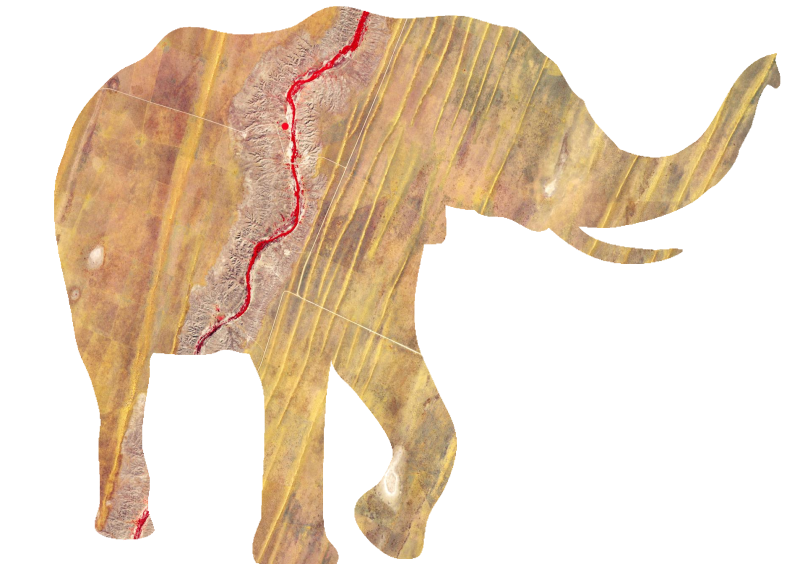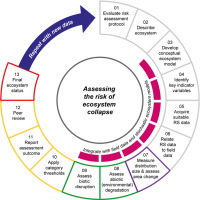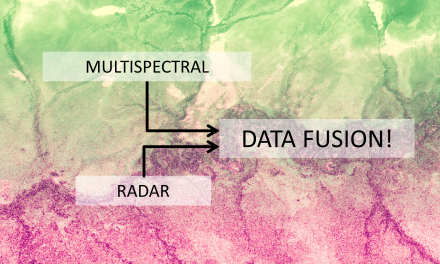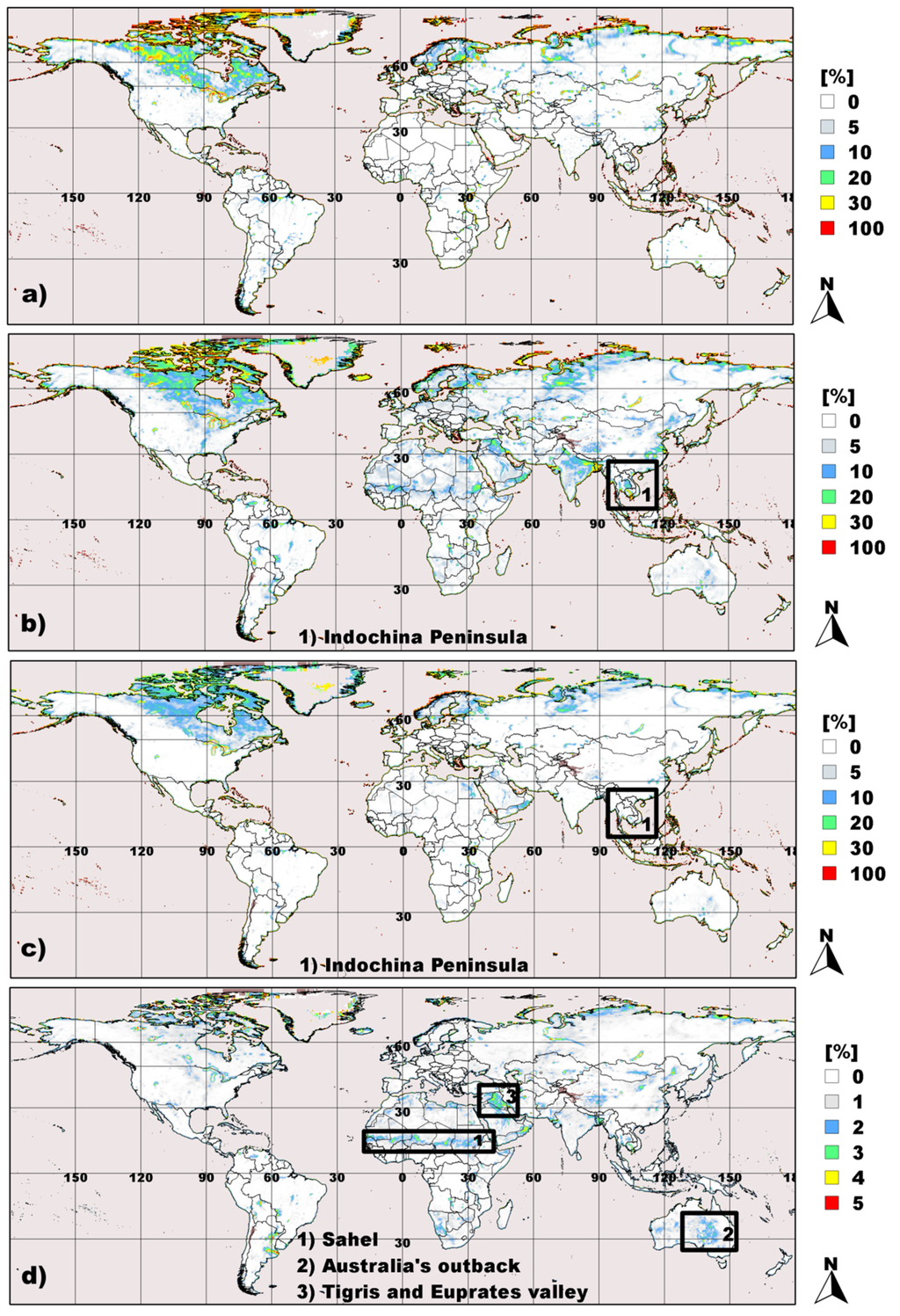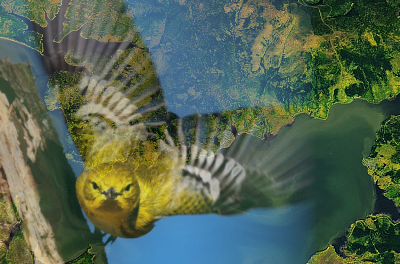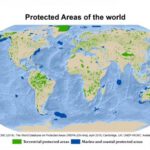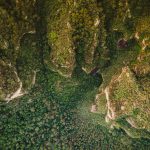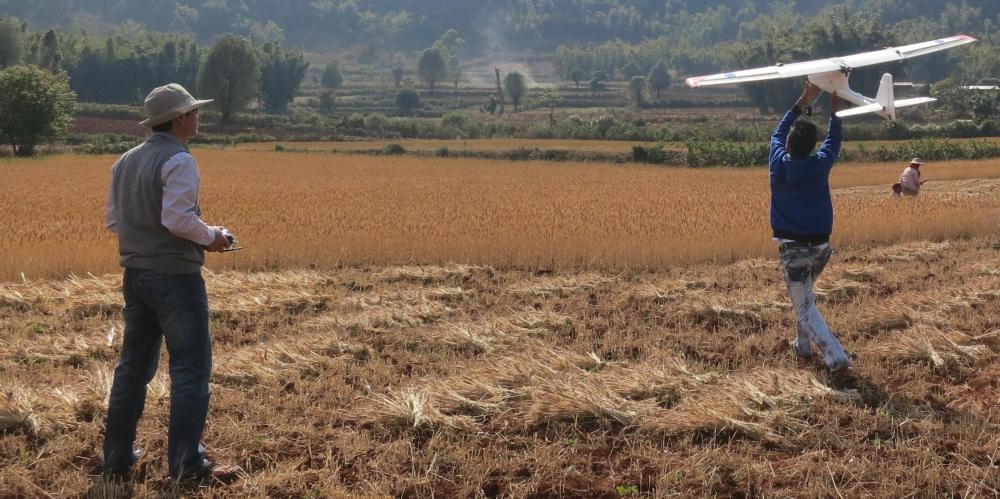
Remotely piloted aircraft systems (RPAS), also commonly known as drones and unmanned aerial vehicles (UAV), are increasingly being used to conduct remote sensing research and applications largely due to improvements in technology, price reductions, and new rules and regulations. In recognition of these advances the journal Remote Sensing in Ecology and Conservation recently published a special issue titled, RPAS Applications in Conservation and Ecology. The special issue has five papers and an editorial. The titles of the papers are:
- Location, location, location: considerations when using lightweight drones in challenging environments
- UAV hyperspectral and lidar data and their fusion for arid and semi‐arid land vegetation monitoring
- Documenting the chronology of ecosystem health erosion along East African rivers
- Combining drones and satellite tracking as an effective tool for informing policy change in riparian habitats: a proboscis monkey case study
- UAV‐derived habitat predictors contribute strongly to understanding avian species–habitat relationships on the Eastern Qinghai‐Tibetan Plateau
The special issue can be accessed here: https://zslpublications.onlinelibrary.wiley.com/toc/20563485/4/1
